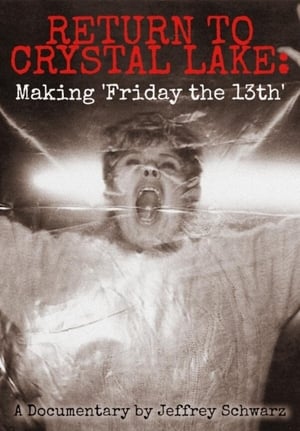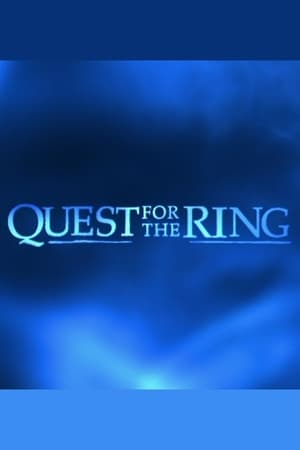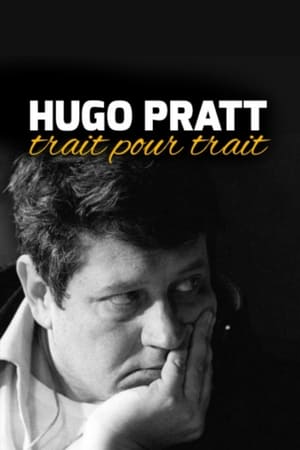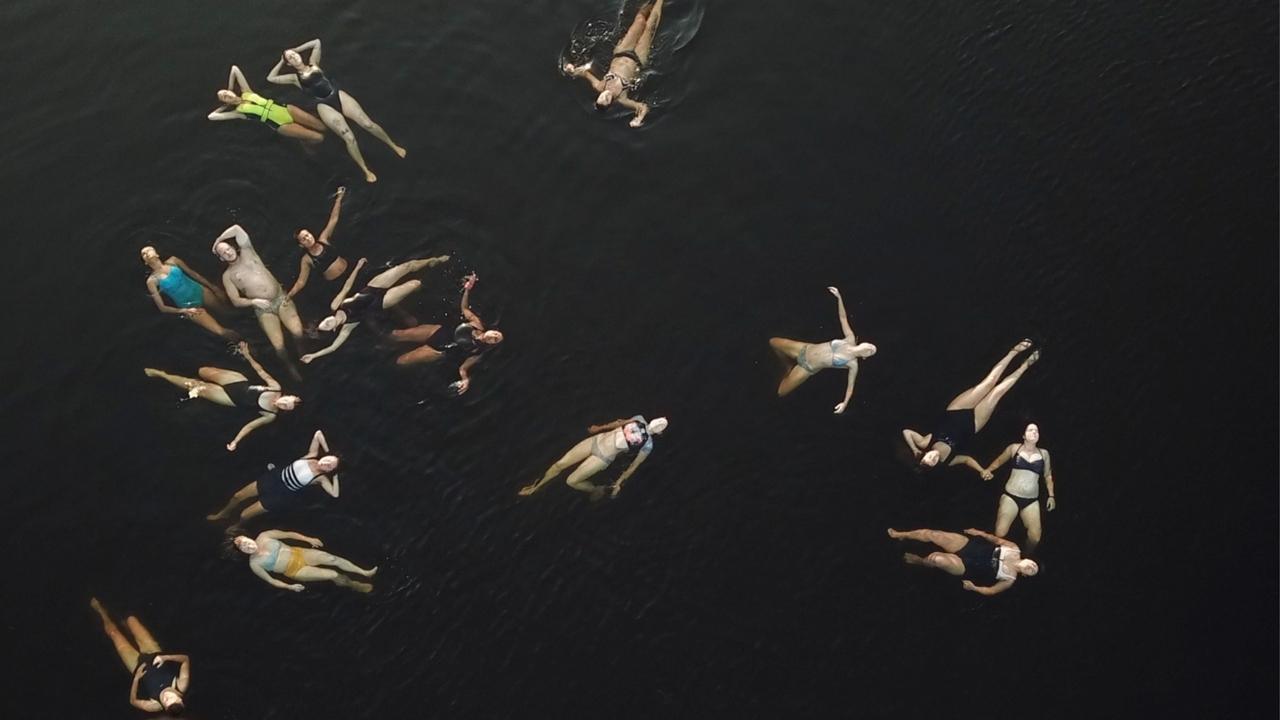
Lake(2019)
Lake gazes down at a still body of water from a birds-eye view, while a group of artists peacefully float in and out of the frame or work to stay at the surface. As they glide farther away and draw closer together, they reach out in collective queer and desirous exchanges — holding hands, drifting over and under their neighbors, making space, taking care of each other with a casual, gentle intimacy while they come together as individual parts of a whole. The video reflects on notions of togetherness and feminist theorist Silvia Federici’s call to “reconnect what capitalism has divided: our relation with nature, with others, and our bodies.”
Movie: Lake
Top 10 Billed Cast
Video Trailer Lake
Similar Movies
 8.2
8.2Night and Fog(fr)
Filmmaker Alain Resnais documents the atrocities behind the walls of Hitler's concentration camps.
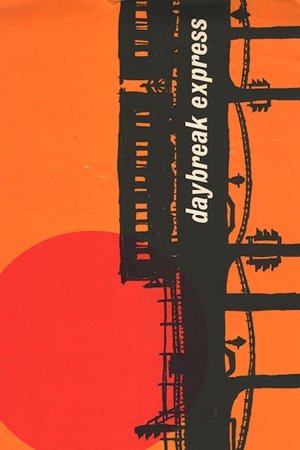 7.3
7.3Daybreak Express(en)
Set to a classic Duke Ellington recording "Daybreak Express", this is a five-minute short of the soon-to-be-demolished Third Avenue elevated subway station in New York City.
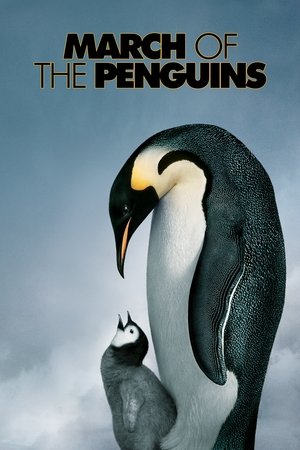 7.1
7.1March of the Penguins(fr)
Every year, thousands of Antarctica's emperor penguins make an astonishing journey to breed their young. They walk, marching day and night in single file 70 miles into the darkest, driest and coldest continent on Earth. This amazing, true-life tale is touched with humour and alive with thrills. Breathtaking photography captures the transcendent beauty and staggering drama of devoted parent penguins who, in the fierce polar winter, take turns guarding their egg and trekking to the ocean in search of food. Predators hunt them, storms lash them. But the safety of their adorable chicks makes it all worthwhile. So follow the leader... to adventure!!
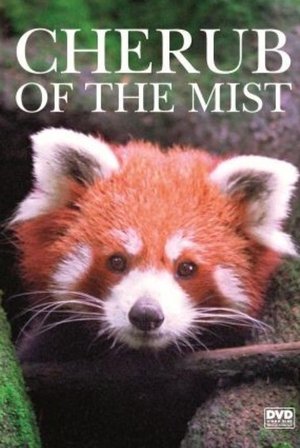 0.0
0.0Cherub of the Mist(en)
The Film follows Indian biologist Dr. Sunita Pradhan who at that time had been studying red pandas for over 10 years.
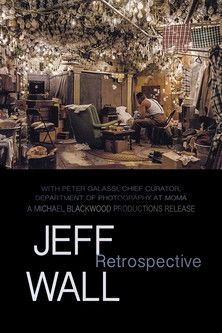 0.0
0.0Jeff Wall: Retrospective(en)
Jeff Wall is one of the most important and influential photographers working today. His work played a key role in establishing photography as a contemporary art form.
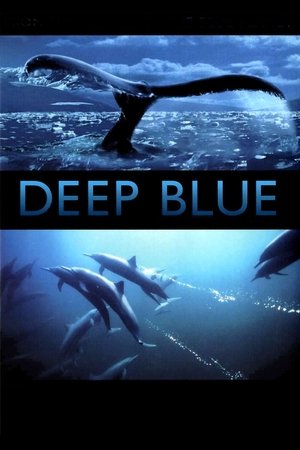 6.8
6.8Deep Blue(en)
Deep Blue is a major documentary feature film shot by the BBC Natural History Unit. An epic cinematic rollercoaster ride for all ages, Deep Blue uses amazing footage to tell us the story of our oceans and the life they support.
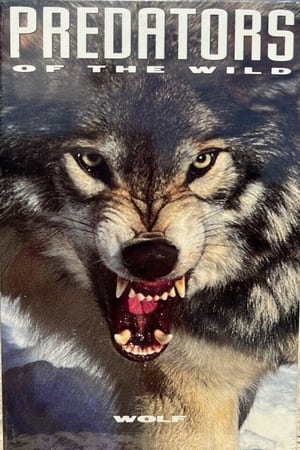 0.0
0.0Predators of the Wild: Wolf(en)
Wolf... archetypal symbol of untamed ferocity and elemental, almost supernatural cunning. Drawn to the chase by the eerie howls of their killing song, the pack forms a single, bloodthirsty entity, bent on relentless pursuit, inevitable capture and swift, certain death. Journey to the spectacular, isolated mountain realms of northern Spain, where the last remaining Iberian wolf pack wages a mortal battle for survival. The wolves' legendary intelligence, their lethally effective social hunting skills and awesome powers of endurance are all put to the ultimate test in a life and death struggle against man's most modern weapons... and most primitive fears.
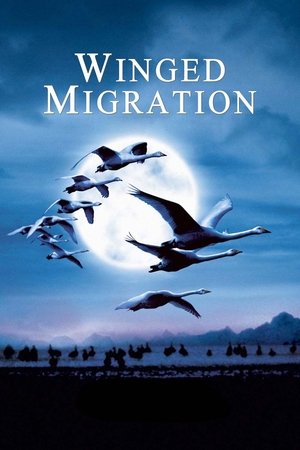 7.6
7.6Winged Migration(fr)
This documentary follows various migratory bird species on their long journeys from their summer homes to the equator and back, covering thousands of miles and navigating by the stars. These arduous treks are crucial for survival, seeking hospitable climates and food sources. Birds face numerous challenges, including crossing oceans and evading predators, illness, and injury. Although migrations are undertaken as a community, birds disperse into family units once they reach their destinations, and every continent is affected by these migrations, hosting migratory bird species at least part of the year.
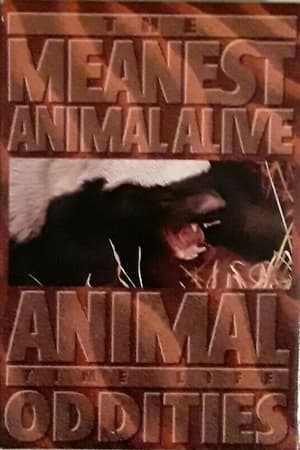 0.0
0.0Time Life Animal Oddities: The Meanest Animal Alive(en)
Shows the killer instinct in action in an African honey badger, a savage, relentless predator which will attack any animal, seemingly for pure sport.
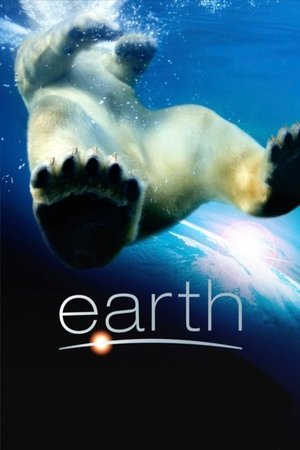 7.6
7.6Earth(en)
An epic story of adventure, starring some of the most magnificent and courageous creatures alive, awaits you in EARTH. Disneynature brings you a remarkable story of three animal families on a journey across our planet – polar bears, elephants and humpback whales.
 0.0
0.0Winter Portrait(en)
A misty afternoon returns a Mapuche couple to their wedding video. In their civil ceremony, they are noted as one of only two couples married in the indigenous language of Mapudungun.
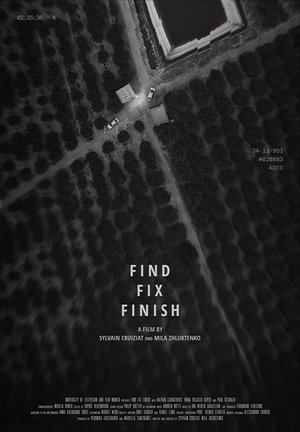 0.0
0.0Find Fix Finish(de)
Find Fix Finish delves into the stories of three US-Drone pilots revealing the clandestine operational strategies practiced by the US Government.
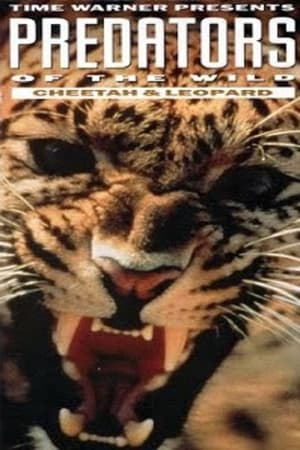 0.0
0.0Predators of the Wild: Cheetah and Leopard(en)
Cheetah and Leopard... no animal can match the intensity of their power and grace. On the horizon, the next victim draws near, crouched in the grass, senses honed, an explosive rush, claws extend and then the final clamp of fangs in a jugular embrace. Discover what separates these predators from all others. The cheetah, the ultimate tactician, single minded in its abandon for the lightning-fast gazelle. And the leopard, an invincible opportunist lying in wait for the unwary. Both driven by pure instinct and the constant pressure to kill.
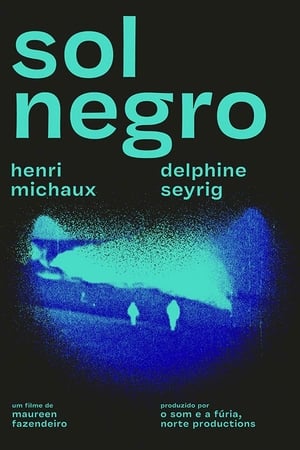 0.0
0.0Black Sun(pt)
Underscored by French film legend Delphine Seyrig’s evocative recitation of a Henri Michaux poem, Maureen Fazendeiro’s film is a mysterious, multi-textured portrait of eclipse spectators in Portugal.
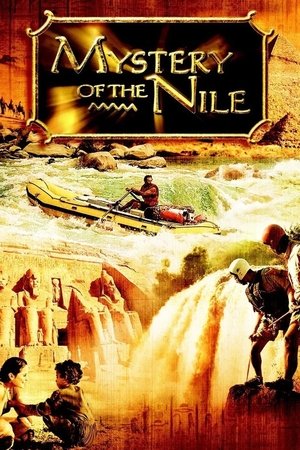 5.4
5.4Mystery of the Nile(en)
Filmed in IMAX, a team of explorers led by Pasquale Scaturro and Gordon Brown face seemingly insurmountable challenges as they make their way along all 3,260 miles of the world's longest and deadliest river to become the first in history to complete a full descent of the Blue Nile from source to sea.
 5.8
5.8Volcanoes of the Deep Sea(en)
12,000 feet down, life is erupting. Alvin, a deep-sea mechanized probe, makes a voyage some 12,000 feet underwater to explore the Azores, a constantly-erupting volcanic rift between Europe and North America.



